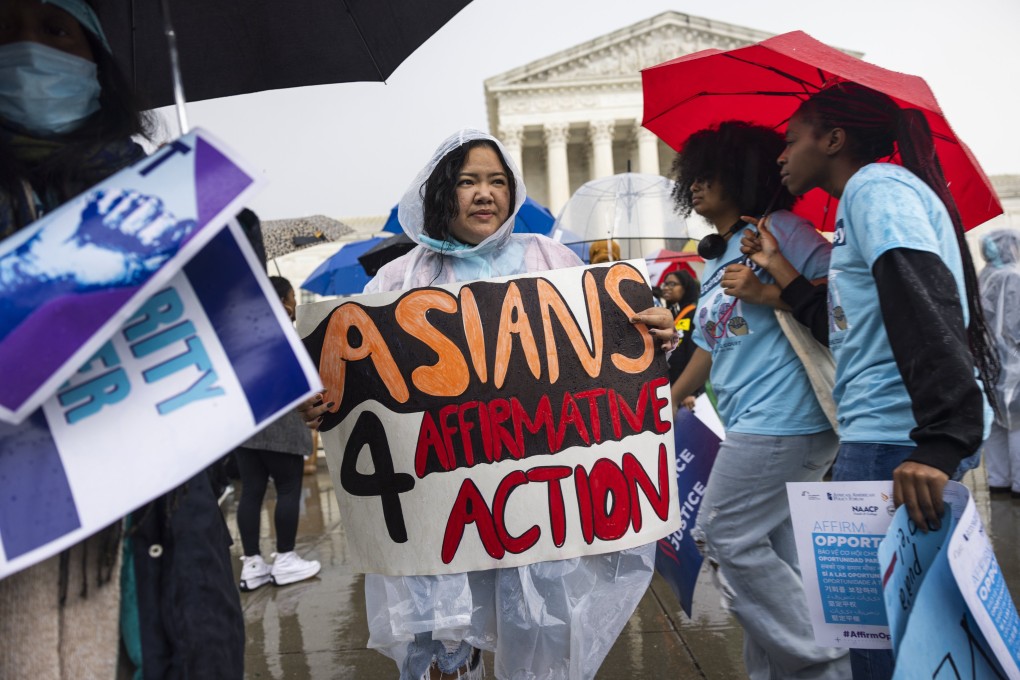US Supreme Court battle begins over race-conscious university admissions amid complaints from Asian-American applicants
- Affirmative action programmes could be in peril as cases involving Harvard and the University of North Carolina go before the court’s conservative majority
- Activist Edward Blum’s group is arguing that the prestigious schools are discriminating against white and Asian-American students

Conservative US Supreme Court justices signalled scepticism on Monday toward the legality of race-conscious admissions policies in cases involving Harvard University and the University of North Carolina that could imperil affirmative action programmes often used to boost enrolment of black and Hispanic students.
The court was hearing appeals by a group founded by anti-affirmative action activist Edward Blum of lower court rulings upholding programmes used at the two prestigious schools to foster student diversity, dealing with the UNC case first.
The court is confronting this divisive issue four months after its major rulings curtailing abortion rights and widening gun rights.
The court’s 6-3 conservative majority is expected to be sympathetic in the eventual ruling, due by the end of June, toward the challenges to Harvard and UNC.
Conservative Justice Brett Kavanaugh told the lawyer defending UNC’s policy that “these racial classifications are potentially dangerous and must have a logical end point”.
“When is your sunset? When does this end?” conservative Justice Amy Coney Barrett asked about UNC’s consideration of race in admissions.